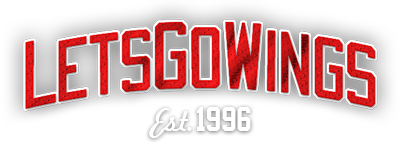-
Recently Browsing 0 members
No registered users viewing this page.
Sign in to follow this
Followers
0

The offer on the table....whats the prediction?
By
Motown4013, in General
Rate this topic
